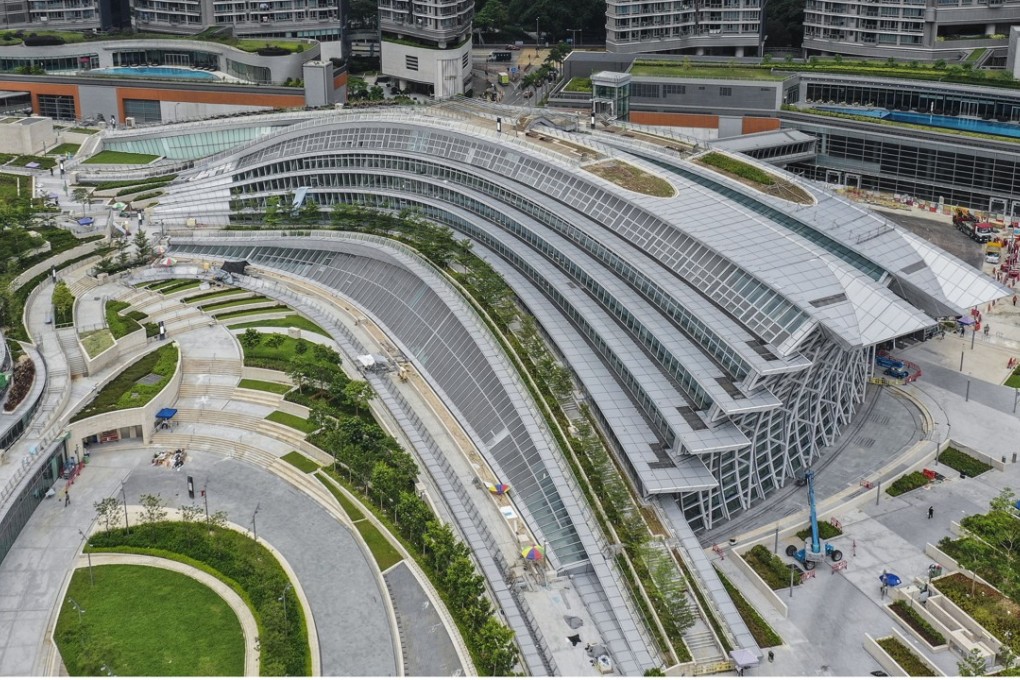After 8 years in the making, the Guangzhou-Shenzhen-Hong Kong Express Rail Link will open. Here are the issues on its bumpy ride
A faster and more convenient connection to mainland’s vast 25,000km rail network – or a potential white elephant?

On September 23, as the Guangzhou-Shenzhen-Hong Kong Express Rail Link welcomes the first of 80,100 commuters expected daily, it will be an opening eight years in the making.
The express link though, no matter how fast, will not have left its ghosts behind – opposition politicians have questioned the cost of the enormous bill on Hongkongers, while other critics wondered whether the project would become a white elephant.
Supporters of the rail link argue passengers now have a faster and more convenient connection to the rest of the mainland’s vast 25,000km rail network.
1. What were the issues involving costs and delays?
Originally, the rail project, dating back to 2008, was estimated to cost HK$39.5 billion and slated to begin service in 2015. By the time the project secured initial public funding in 2010 the price tag had soared to HK$66.9 billion. That figure has now ballooned to HK$84.4 billion. The launch date was also twice delayed because of flooding and unforeseen technical glitches.
2. What was the upshot?